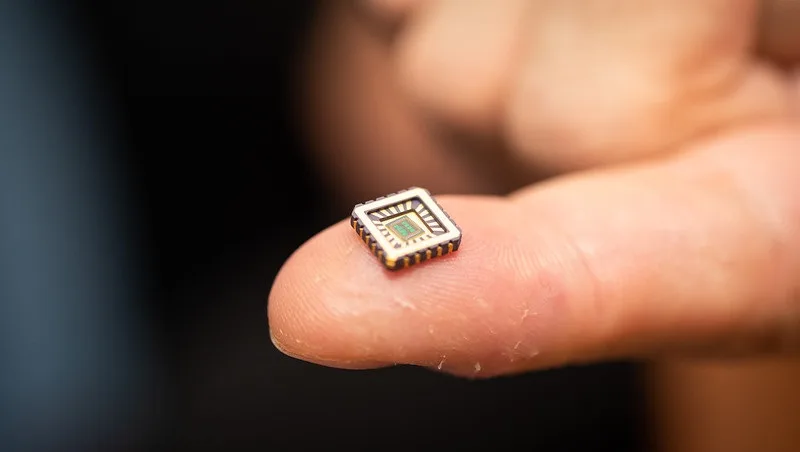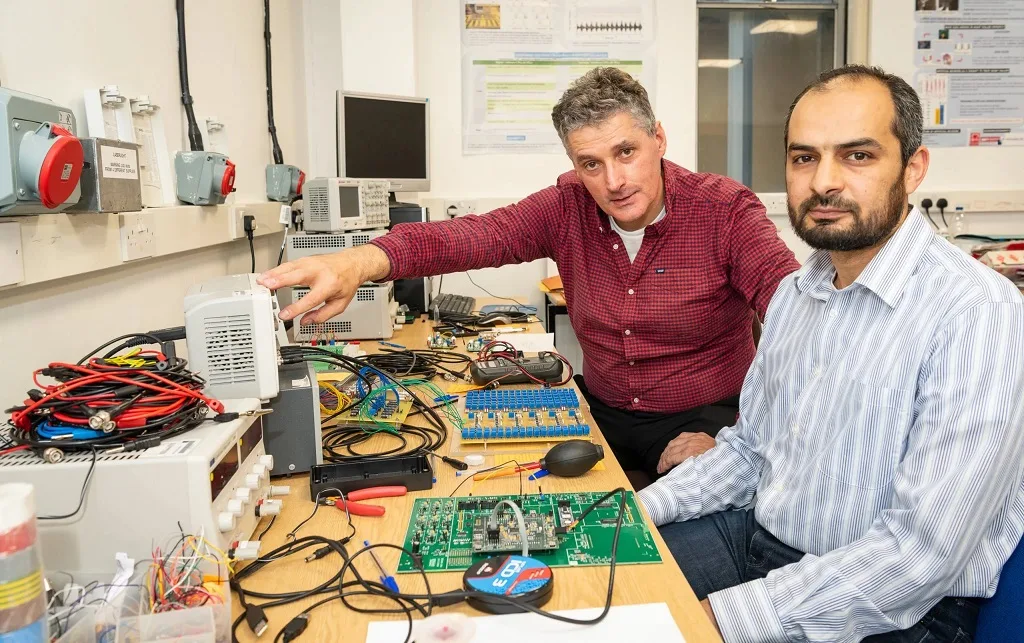
Artificial Neurons on Silicon Chips: A Technology Review
Artificial neurons on silicon chips represent a groundbreaking advancement in the field of technology, merging the realms of neuroscience and semiconductor engineering. This innovation has the potential to revolutionize various industries by replicating the functionality of biological neurons on a scalable, silicon-based platform. But what exactly is this technology, and when was it discovered?
What is This Technology and When Was It Discovered?
The concept of artificial neurons on silicon chips traces its origins to the early 21st century, a time when researchers were increasingly inspired by the complex and efficient workings of the human brain. The idea was to create synthetic versions of neurons that could mimic the processing capabilities of their biological counterparts. Early attempts at this technology were rudimentary, often limited by the then-current state of semiconductor technology. However, significant advancements in materials science and nanotechnology over the past two decades have enabled the development of highly sophisticated silicon-based neurons. These artificial neurons are designed to emulate the synaptic transmission and computational abilities of real neurons, offering a promising pathway for future technological applications.
By 2020, research had reached a pivotal point, leading to the successful integration of artificial neurons onto silicon chips. This achievement was largely driven by interdisciplinary collaboration between neuroscientists, engineers, and computer scientists, marking a significant milestone in both neuroscience and information technology. The first working models demonstrated the potential for these artificial neurons to operate at speeds and efficiencies far surpassing traditional electronic components, heralding a new era in neural network computation.
What is the Basic Principle of This Technology?
The core principle behind artificial neurons on silicon chips is their ability to mimic the functionalities of biological neurons through electronic means. In essence, these silicon-based neurons are constructed using transistors, capacitors, and resistors configured to replicate the electrochemical processes of natural neurons. The design allows these artificial neurons to process signals, store information, and perform computations in a manner akin to how neurons function within the human brain.
These artificial neurons leverage the inherent advantages of silicon-based electronics, such as miniaturization and scalability, to achieve high-density neural networks. This scalability is particularly crucial for applications in artificial intelligence (AI) and machine learning, where large-scale neural networks are required to process vast amounts of data. Moreover, the energy efficiency of these neurons is a significant advantage, as they consume considerably less power than conventional digital processors while maintaining high computational speeds. This efficiency stems from the use of analog computation methods, which more closely resemble the way biological neurons operate, as opposed to the binary logic used in digital processors.
What Problems is it Designed to Solve?
Artificial neurons on silicon chips are designed to address several critical challenges in modern computing and neuroscience. One of the primary issues they tackle is the limitation of current AI systems, which, despite their advancements, are still far from replicating the brain’s processing power and energy efficiency. Traditional silicon-based processors, while powerful, are inherently limited by their digital nature, which lacks the flexibility and adaptability of biological systems.
Another significant problem these artificial neurons aim to solve is the scalability of neural networks. As AI and machine learning models grow in complexity, the need for more sophisticated and larger neural networks becomes apparent. Silicon-based neurons offer a solution by enabling the construction of expansive neural networks that can be integrated onto a single chip, significantly enhancing computational power without the corresponding increase in energy consumption.
Furthermore, these artificial neurons have the potential to revolutionize the field of neuroprosthetics. Current prosthetic devices often suffer from a lack of natural integration with the human nervous system, leading to limited functionality. Artificial neurons on silicon chips could provide a more seamless interface between prosthetic devices and the human nervous system, offering enhanced control and functionality for users.
Where is it Already Used?
The application of artificial neurons on silicon chips is still in its nascent stages, but several promising implementations have already emerged. One of the most notable areas of use is in the development of advanced AI systems, where these neurons are being employed to create more efficient and powerful neural networks. These networks are being integrated into AI systems used for pattern recognition, natural language processing, and even autonomous systems, offering significant improvements in speed and accuracy.
In addition to AI, artificial neurons on silicon chips are also being explored for use in neuroprosthetics. Experimental prosthetic devices incorporating these artificial neurons have shown promising results in laboratory settings, particularly in improving the responsiveness and control of prosthetic limbs. This technology could lead to significant advancements in the development of prosthetics that offer users more natural and intuitive control.
Another area where this technology is making an impact is in the field of brain-machine interfaces (BMIs). These interfaces, which allow direct communication between the brain and external devices, stand to benefit greatly from the integration of artificial neurons on silicon chips. This integration could lead to more efficient and responsive BMIs, paving the way for new therapeutic applications in treating neurological disorders and enhancing human capabilities.
Finally, researchers are also exploring the use of artificial neurons on silicon chips in the field of bioinformatics. By simulating the neural networks of various organisms on a silicon platform, scientists can gain new insights into the functioning of biological systems, potentially leading to breakthroughs in medicine and biology.

What is the Future Prospect?
The future of artificial neurons on silicon chips holds immense potential, with numerous possibilities for innovation and application. One of the most exciting prospects is the potential for these artificial neurons to form the basis of a new generation of AI systems that closely mimic the human brain in terms of efficiency, adaptability, and cognitive abilities. As research continues to advance, we may see the emergence of AI systems that can perform complex tasks with the same dexterity and intuition as a human being.
Another promising area for future development is in the enhancement of neuroprosthetics and BMIs. As the technology matures, we can expect to see more sophisticated and responsive prosthetic devices that offer users a level of control and functionality that was previously unattainable. This could lead to significant improvements in the quality of life for individuals with disabilities, enabling them to perform everyday tasks with greater ease and independence.
In the long term, the integration of artificial neurons on silicon chips could lead to the development of hybrid biological-digital systems. These systems, which combine the best of both worlds, could open up new frontiers in computing, medicine, and beyond. For example, hybrid systems could be used to develop new types of computers that harness the processing power of the brain, offering unprecedented levels of performance and efficiency.
